Now Reading: Tracing Ancient Humans’ Epic Journey to South America
-
01
Tracing Ancient Humans’ Epic Journey to South America
Tracing Ancient Humans’ Epic Journey to South America

Quick Summary
- Ancient humans spread globally from Africa, eventually reaching South America approximately 13,900 to 10,000 years ago.
- A recent genetic study published in Science analyzed DNA from 1537 individuals across 139 ethnic groups in Eurasia and the Americas.It identified four main genetic groups among South America’s early populations: Amazonians, Andeans, Chaco Amerindians, and patagonians.
- These groups diverged early on and showed little to no evidence of inter-group genetic exchange due to geographical barriers like the Andes Mountains.
- Archaeological findings highlight diverse cultural practices such as megafauna hunting for tools in Uruguay and large migratory journeys by the Guaraní peopel spanning thousands of kilometers.
- Evidence also points to challenges faced during migration; some ancient populations, such as hunter-gatherers on Colombia’s Bogotá Altiplano plateau around 6000 years ago, disappeared without leaving contemporary genetic traces.
Indian Opinion Analysis
India’s deep heritage of migration histories provides a unique lens to interpret similar global narratives like this ancient human movement into South America.Scientific advancements in genomics are expanding our understanding of human adaptability and the role of environmental factors-such as colder climates easing travel via exposed land bridges-on shaping civilizations. The findings offer critical lessons about how geographical barriers influence cultural divergence and coexistence over millennia-principles still relevant when studying India’s vast linguistic diversity across natural divides like mountains and rivers.
This study underlines how migration entails both opportunities (resource exploration) and risks (population extinction), a duality reflected in India’s own prehistoric archaeological sites revealing migrations that shaped its early demographic makeup.
























